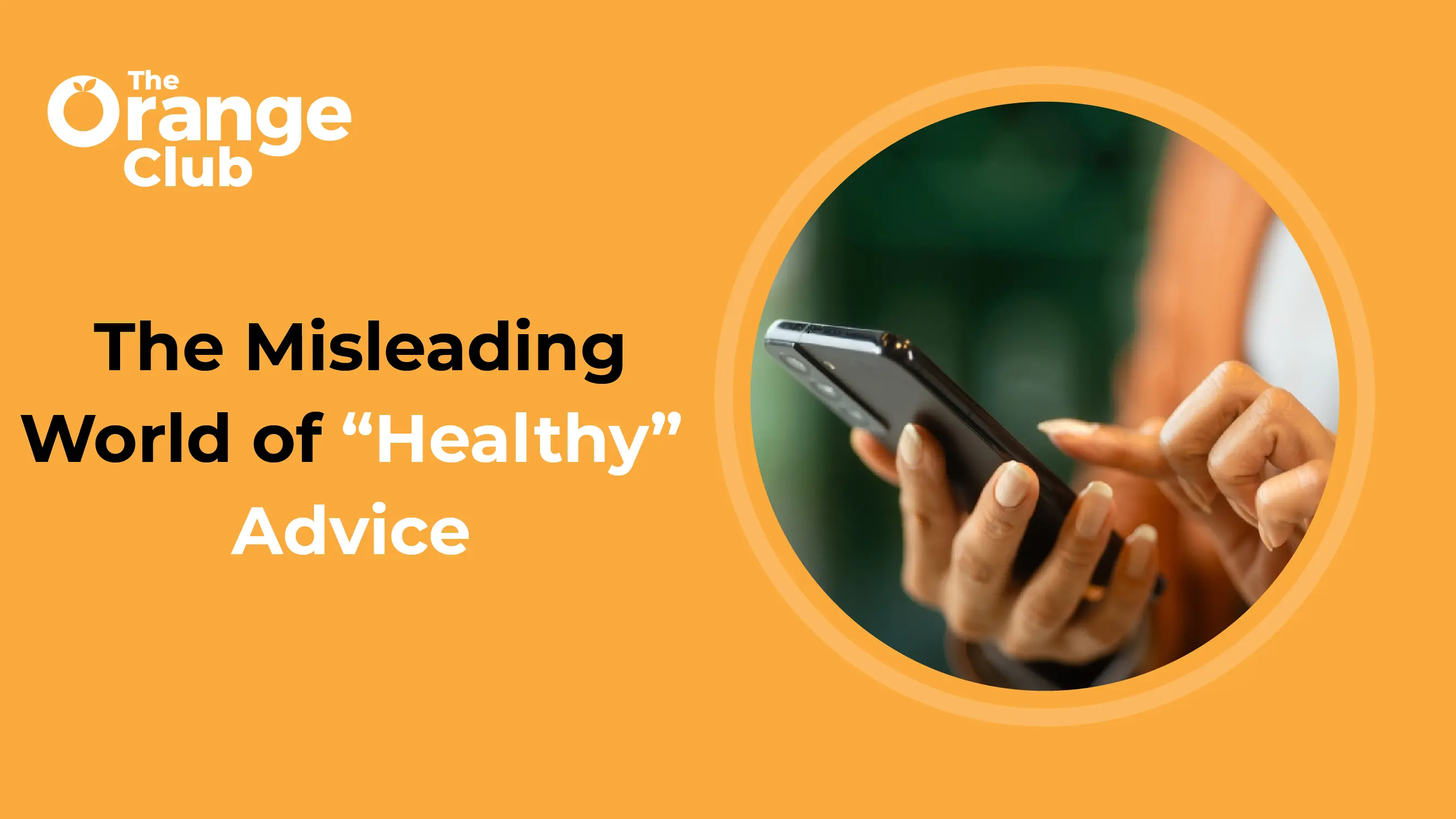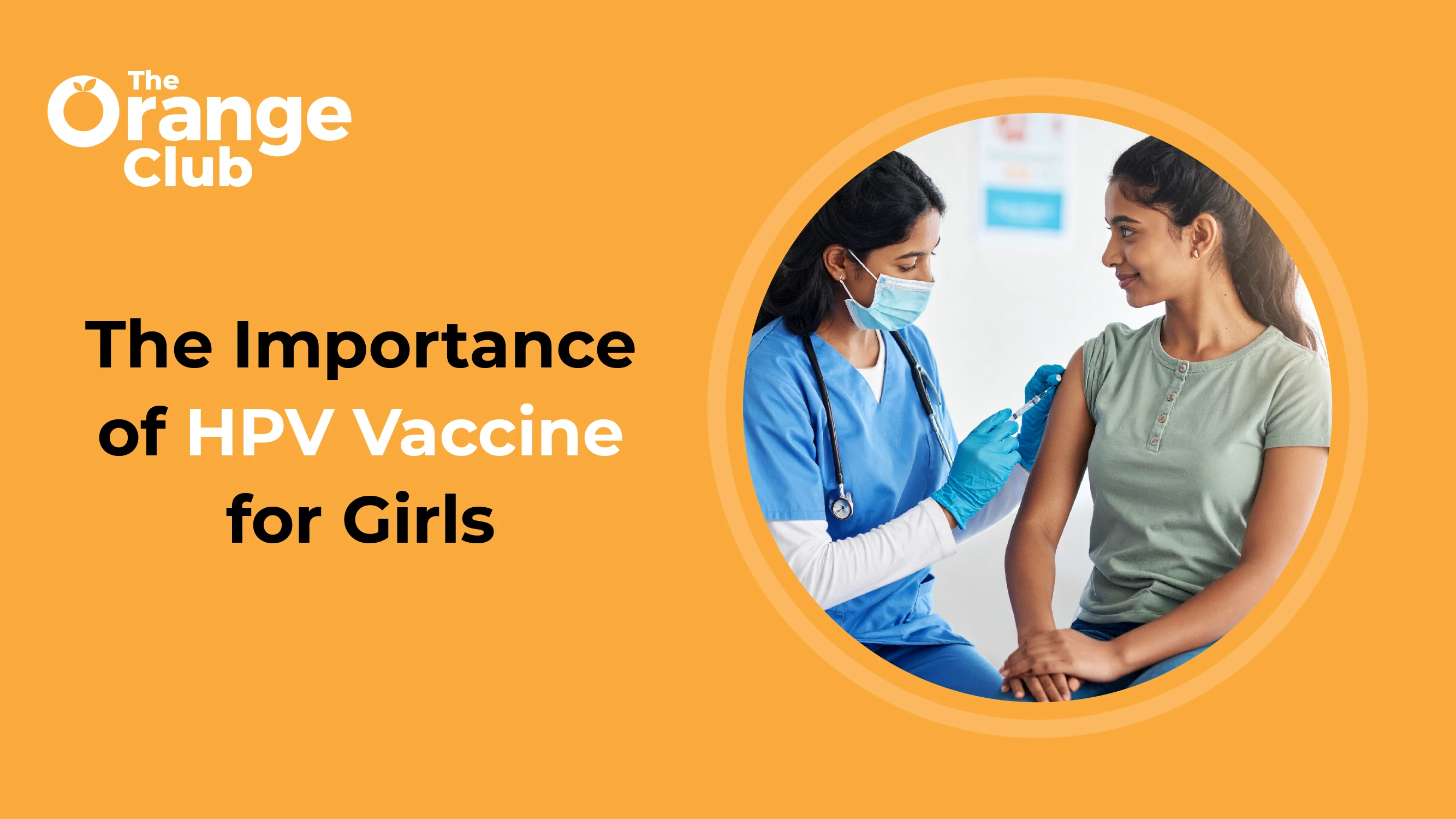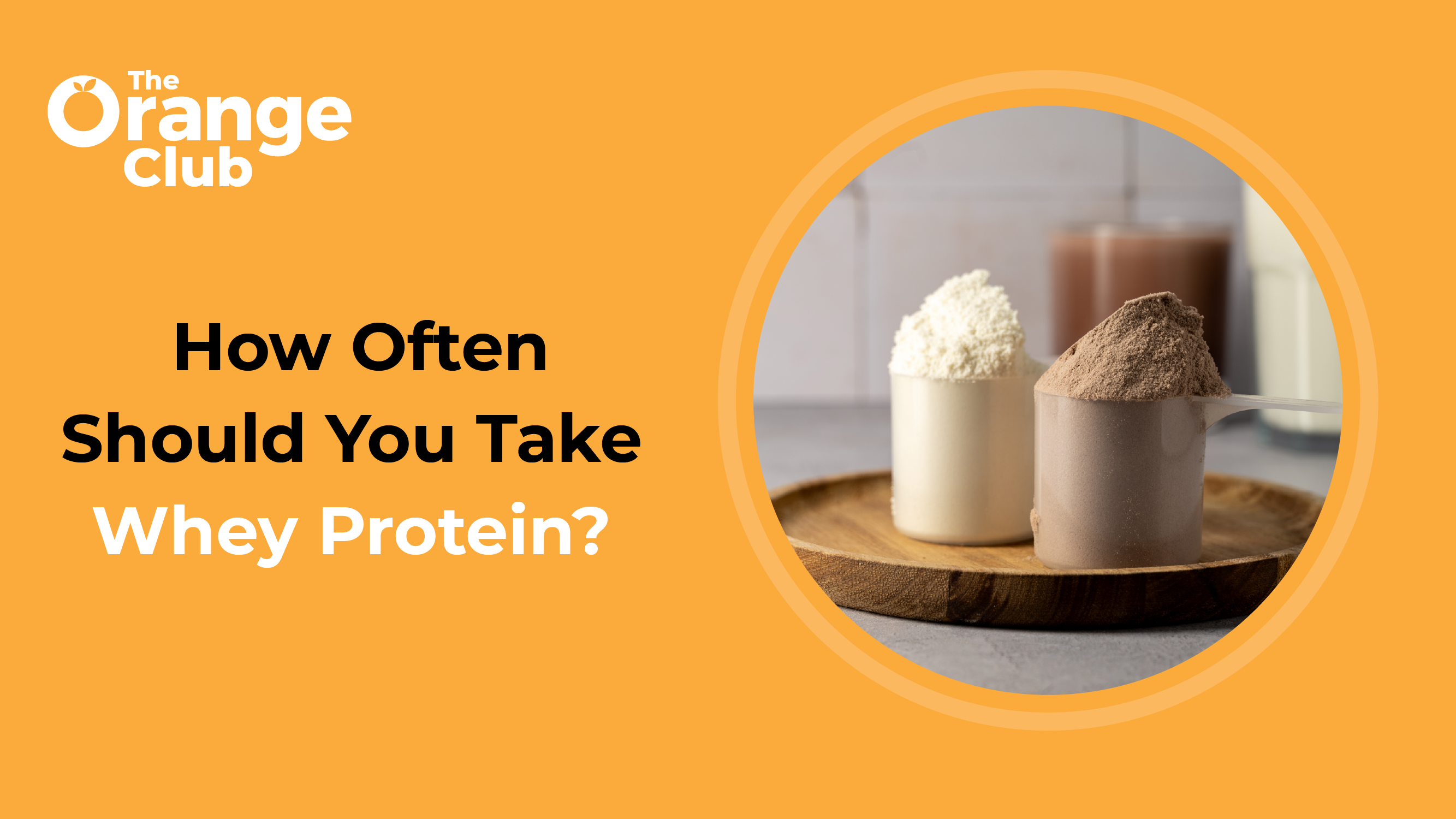Search for tests or checkups
SupportThe Truth Behind Food Labels: What They Don’t Tell You

In this episode of The Orange Club Podcast, Dietician Nidhi Nigam explains how misleading food labels can be and why even the most “healthy-looking” snacks might not be as good as they seem. While packaging often promotes trust with bold claims like “natural,” “fortified,” or “zero sugar,” the real story lies in the fine print.
Watch the clip here: Truth behind Food Labels
Why You Should Never Trust the Front of the Pack
Many consumers assume that if a label says “high fiber” or “low fat,” it must be healthy. But Nidhi points out that there’s always a discrepancy allowance on food labels. This means that what’s printed isn’t always perfectly accurate. Companies can legally round off or slightly alter numbers within limits. The real trick, she says, is learning to decode what the ingredient list actually means.
Start With the First Ingredient
The order of ingredients is everything. “Always remember,” Nidhi emphasizes, “the first ingredient is the maximum.” This means whatever appears first makes up the largest portion of that product. So if you see sugar, dextrose, glucose, or anything ending in ose or ol listed first, that’s your first red flag, it’s loaded with sugar, even if the front says “low sugar.”
600 Names for Sugar: The Hidden Game of Labels
Sugar isn’t always called sugar. It can sneak in under over 600 different names. From maltose and sorbitol to brown rice syrup, these ingredients are designed to look harmless but behave just like sugar in your body. “If any of these appear in the first few ingredients,” Nidhi warns, “it’s a good big no for you.”
The Top Ingredients to Watch Out For
It’s not just sugar. Nidhi highlights other red flags to look for among the first four or five ingredients, refined wheat, palm oil, sunflower oil, and especially HFCS (high fructose corn syrup). HFCS is a common sweetener that spikes blood sugar and contributes to obesity and other metabolic disorders. “If you see HFCS on a label,” she says, “just tell your child, this is not good for you.”
The Real Lesson: Read Before You Eat
Food packaging can be persuasive, but the truth is in the ingredient list. A quick glance at the first few components can tell you whether something is truly healthy or cleverly marketed junk. Building this awareness early, especially in kids, helps them make better choices for life.
Watch the full episode of The Orange Club Podcast - All About Nutrition featuring Dietician Nidhi Nigam, where she reveals how to read food labels the right way and spot hidden sugars like a pro.

The Misleading World of “Healthy” Advice

Why HPV Prevention Matters for Young Girls
